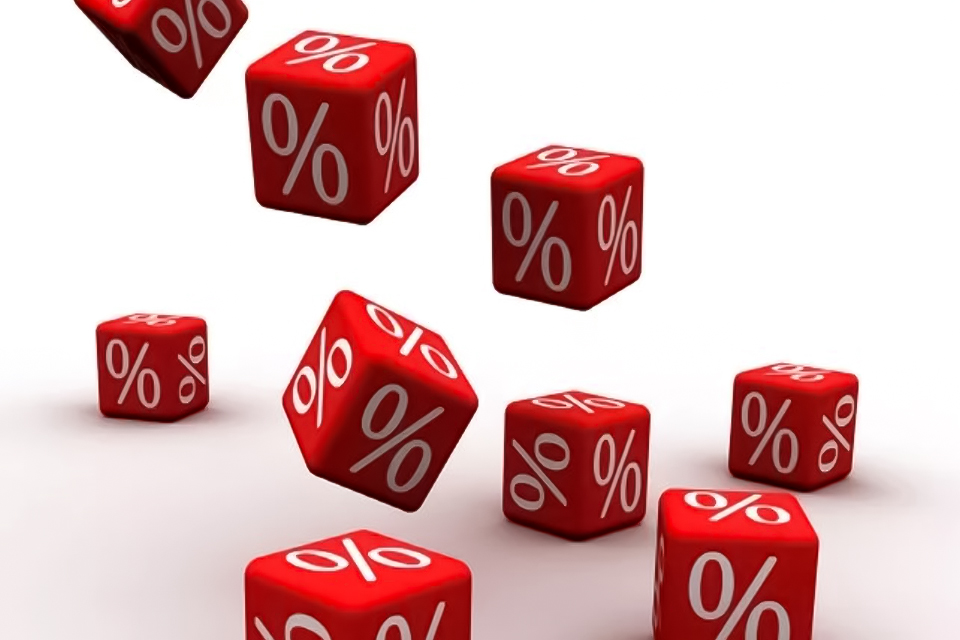CONTACT INFORMATION
You can contact us any way that is convenient for you. We are here to help you sell or buy your next property.
- 722 Farris Road | Conway, Arkansas 72034
- +1 (501) 733 3591
- grealty1@gmail.com

What’s Going On?
Since the ’08 housing crisis the Fed has been manipulating the interest rate to keep it low. Without getting too much into the details of how it’s been doing this, the point is that it results in more dollars coming into existence (via a super-special one-of-a-kind printer owned by the US Treasury Dept). The basics of supply and demand take over at this point. Think of money as the “supply” and the interest rate as a reflection of the “demand”. When you go to get a mortgage for a new home, the rate your lender quotes you is the amount they are demanding in return for the money that they’ll lend to you. They don’t just make that rate up out of thin air though. It comes mainly from two things: 1. how much they could get by investing the same amount of money in a US Treasury 30 Year Bond (i.e the Prime Interest Rate), and 2. How risky they think it will be to give you the money instead (a Premium). Your risk (credit score & credit history) is, well…your responsibility. For better or for worse, ultimately you control that. But, who controls the rates on US Treasury Bonds? Quite simply: everyone in the market for US Treasury Bonds. They are the demand that causes the prime interest rate to go higher or lower. And, since 2008 the Federal Reserve has been the ‘big fish’ in that pond. During that time the Fed has been on a shopping spree of epic proportions. [Don’t forget about that super-special printer].
Money Supply
At this point you have to understand that there is an inverse relationship between interest rates (reflection of the demand) and supply (i.e. dollars/currency). Essentially, they move in opposite directions. So, as more money is printed, interest rates go down. This is because of what the prime interest rate actually represents. It represents the risk associated with purchasing a US Treasury bond. Think of it this way: if someone purchases a US Treasury bond for 30 years, what they are doing is lending money to the US Treasury—30 years’ worth to be exact. And, they are lending that money to the US Treasury all at once—today. The interest rate the US Treasury offers is the additional money you’ll get—over 30 years—as the US Treasury pays back the loan you made to them. So, the question then is, how likely is it that there are enough dollars in existence for you to be able to get all of your money back over 30 years? Or, stated differently, how risky is it for you to loan them that money today? This is where it gets complex, and I’ll pass on going deeper for now. Suffice it to say that when the Federal Reserve purchases US Treasury Bonds, the US Treasury simply prints more money. Therefore, the interest rate tends to be lowered every time the Federal Reserve makes a big purchase of Treasury Bonds. And, because every other interest rate—on anything in our entire economy—is ultimately based upon the prime rate, the Federal Reserve has essentially been manipulating interest rates since ’08. So, why is this bad? Well, remember when you could fill up your gas tank, buy a Snickers and a Dr. Pepper for $20? There were fewer dollars floating around back then. You see, the less of something there is, the greater its potential value. The more of something there is the less value it stands to hold. Indecently, this principle of scarcity as a basis for value is the reason why owning real estate has always been a sound long term investment. No one’s making any more land. We have what is here on earth, and that’s it.
What Goes Down…
In reality, all of the Fed’s manipulation of rates amounts to nothing more than an artificial Band-Aid covering the wounds of the US Economy, wounds which came from the Credit and Sub-Prime Mortgage Crisis of ’08. The pain of a difficult economic healing process has, in large part, been postponed, by keeping rates low. For eight years our economy has either been down or has been floundering. This is where that term stagflation comes from…we’ve really just been stagnant for 8 years. We’re experiencing nothing too catastrophic and nothing worth getting too excited about either. However, when our economy really starts growing again, there will be a day of reckoning by much steeper interest rates. For investors, this will be great; for home buyers, well…not so much. Right now though, mortgage rates are still historically low. To hijack Isaac Newton’s famous quote: “What goes down, must come up”. If you want to buy a home, or land, or something at all that could be classified as “Real Estate”, 2014 is the time to do it—and the earlier the better.
You can contact us any way that is convenient for you. We are here to help you sell or buy your next property.
Was the information in this blog helpful?
Share This Page